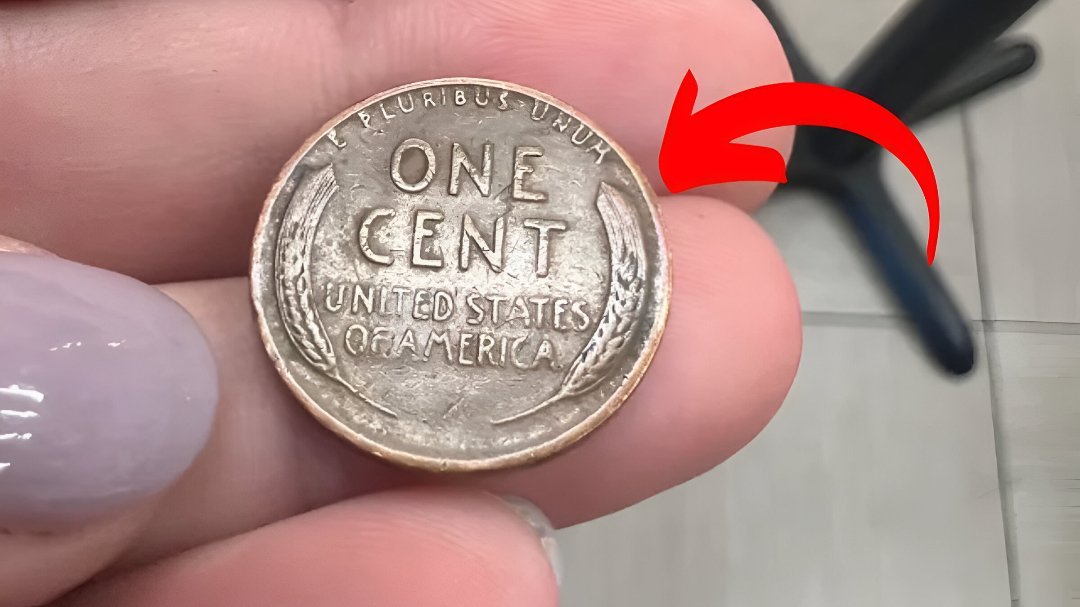The Lincoln Wheat Penny Worth $305K : It’s easy to overlook a penny. Most people don’t think twice when they see one on the ground or sitting at the bottom of a drawer. But not all pennies are created equal. One particular type — the Lincoln Wheat Penny — has turned heads in the numismatic world for its hidden value. In fact, certain rare versions have sold for as much as $305,000, making them one of the most valuable coins you could still possibly find in everyday change.
A Glance at the History Behind the Wheat Penny
The Lincoln Wheat Penny was first minted in 1909, replacing the Indian Head cent. It was the first U.S. coin to feature a real person — Abraham Lincoln — and the reverse side showcased two simple wheat stalks framing the words “ONE CENT.” This design was used until 1958 and remains one of the most iconic in American coinage. Though millions were produced, a few rare variations have become extraordinary collectors’ items.
Why Some of These Pennies Are Worth a Fortune
While most Lincoln Wheat Pennies are only worth a few cents more than face value, certain versions are prized for their rarity. The 1943 bronze penny, for example, was mistakenly struck in bronze during a year when the Mint had switched to steel due to wartime metal shortages. Only a handful of these errors are known to exist, and their scarcity has pushed their market value into the hundreds of thousands of dollars.
How These Rare Coins Slipped Into Circulation
Coins like the 1943 bronze penny were never meant to be released. They were created by accident, often when leftover blanks from previous minting years were mistakenly fed into the presses. Since there was no official record of their production, these coins quietly entered circulation — sometimes ending up in change, drawers, or piggy banks, unnoticed for decades. Their unintentional journey into the public makes them even more mysterious and desirable.
Identifying a Valuable Lincoln Wheat Penny
Most Lincoln Wheat Pennies have modest value, but it’s worth inspecting the date and material closely. Rare pennies like the 1909-S VDB or the 1943 bronze can be distinguished by specific mint marks or the color of the metal. Bronze coins from 1943 will have a distinct reddish hue and won’t stick to a magnet, unlike the common steel cents from that year. Catching these details could lead to the discovery of a six-figure treasure.
Why These Coins Still Turn Up in Pocket Change
Though rare, these valuable Wheat Pennies haven’t been entirely removed from circulation. Because they blend in with common coins, some have quietly passed from hand to hand for decades. A lucky find can happen during a routine coin roll hunt, while emptying a jar of spare change, or even when receiving change at a store. That’s why collectors always recommend taking a second look at older pennies.
What to Do If You Find a Potentially Rare Penny
If you believe you’ve found a valuable Lincoln Wheat Penny, the next step is proper verification. Reputable coin grading companies like PCGS or NGC can authenticate and evaluate the coin’s condition. A professional appraisal ensures you don’t unknowingly sell a treasure for pocket change. Coins in excellent condition — especially those confirmed as rare varieties — can command massive prices at auctions or from private collectors.
A Tiny Coin With the Power to Surprise
The Lincoln Wheat Penny is proof that even the smallest coin can carry incredible history, beauty, and value. Whether it’s in a change jar, an inherited collection, or your wallet right now, that humble copper piece might be far more significant than it appears. In a world of digital payments and overlooked pocket change, these tiny treasures still offer one of the most exciting real-life treasure hunts — and someone, somewhere, will eventually find the next one worth $305,000.





